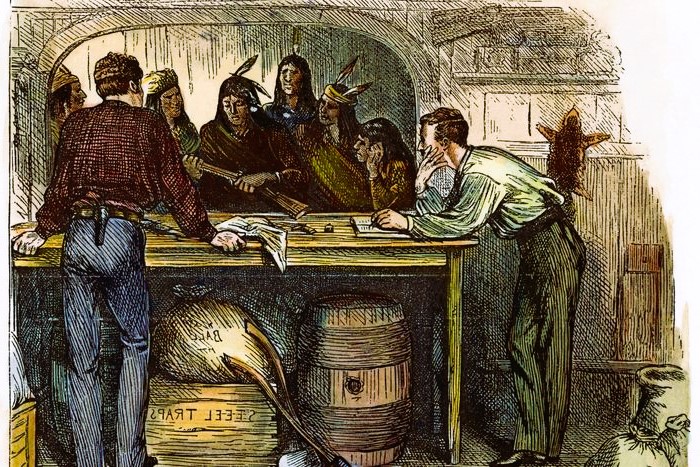Edmonton, the capital city of Alberta, Canada, boasts a rich tapestry of architectural heritage that reflects the city’s dynamic history and cultural diversity. This article takes you on a captivating journey through time, unraveling the fascinating evolution of architectural styles that have shaped Edmonton’s skyline. From its humble beginnings to the modern metropolis it is today, Edmonton’s architecture tells a story of growth, innovation, and the enduring spirit of its residents.
Early Settlements and Indigenous Influences:
The architectural journey of Edmonton begins with its early settlements, where Indigenous peoples, such as the Cree and Blackfoot, established their homes in harmony with the natural landscape. Traditional Indigenous dwellings, characterized by their use of natural materials and sustainable design, laid the foundation for the city’s future architectural identity.
European Influences and the Hudson’s Bay Company Era:

As European settlers arrived in the 19th century, the architectural landscape of Edmonton underwent significant transformations. The influence of the Hudson’s Bay Company, which played a crucial role in the fur trade, is evident in the construction of forts and trading posts that blended European design with the practicality required for survival in the Canadian wilderness.
Victorian Era and the Influence of Railways:
The late 19th century brought the Victorian era to Edmonton, introducing ornate and elaborate architectural styles. The construction of the Canadian Pacific Railway further accelerated urban development, bringing with it the grandeur of Victorian architecture. Stately homes and public buildings adorned with intricate details became symbols of prosperity and progress.
Post-World War I and the Rise of Modernism:
The aftermath of World War I marked a shift towards modernist architectural principles in Edmonton. The demand for practical, efficient, and cost-effective designs led to the emergence of functionalism and the rejection of unnecessary ornamentation. Modernist architects in Edmonton embraced simplicity, clean lines, and the use of new materials, reflecting a departure from the elaborate styles of the past. Discovering little-known architectural treasures in Canada, read more in the Hidden Gems article.
Mid-Century Modernism and the Oil Boom:
The mid-20th century brought unprecedented growth to Edmonton with the discovery of oil in Alberta. This period witnessed the rise of mid-century modernism, characterized by sleek lines, open spaces, and a focus on integrating indoor and outdoor environments. Iconic structures like the Edmonton City Hall exemplify the influence of mid-century modernist ideals on the city’s architecture during this era.
Contemporary Trends and Sustainable Design:

In the 21st century, Edmonton has embraced contemporary architectural trends that prioritize sustainability, energy efficiency, and inclusivity. Modern buildings seamlessly integrate with the natural environment, incorporating green technologies and innovative design concepts. This approach aligns with global efforts to address climate change and create more resilient urban spaces.
Conclusion:
Edmonton’s architectural journey is a testament to its resilience, adaptability, and commitment to honoring its diverse cultural heritage. From Indigenous influences to Victorian grandeur, from the simplicity of modernism to the sustainability of contemporary design, each era has left its mark on the city’s skyline. As Edmonton continues to evolve, its architecture will undoubtedly reflect the values and aspirations of its vibrant community.
For further exploration of Edmonton’s architectural history, you can refer to authoritative sources such as Wikipedia and Canada’s official website, where comprehensive information on the city’s development and architectural styles is available.
